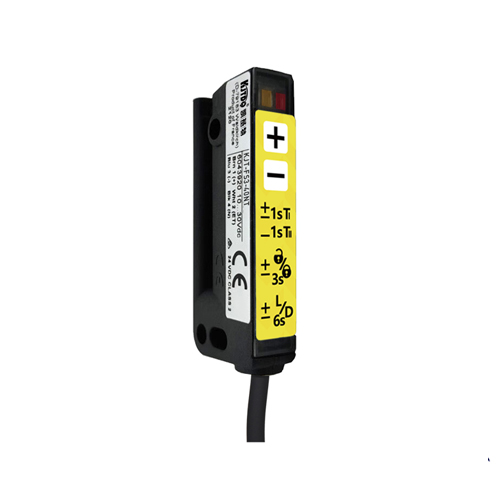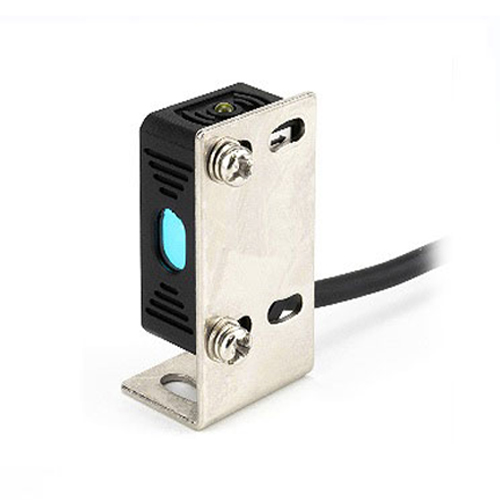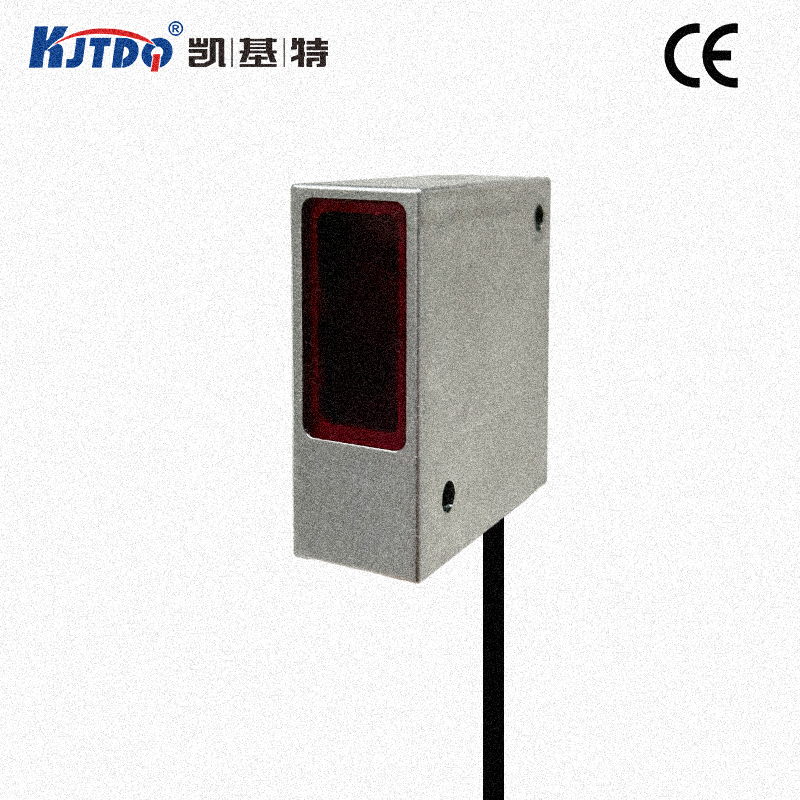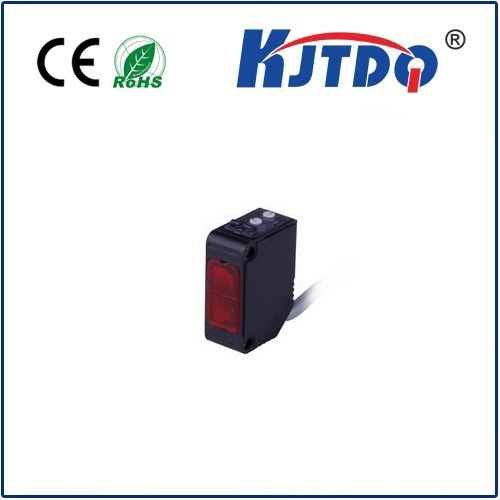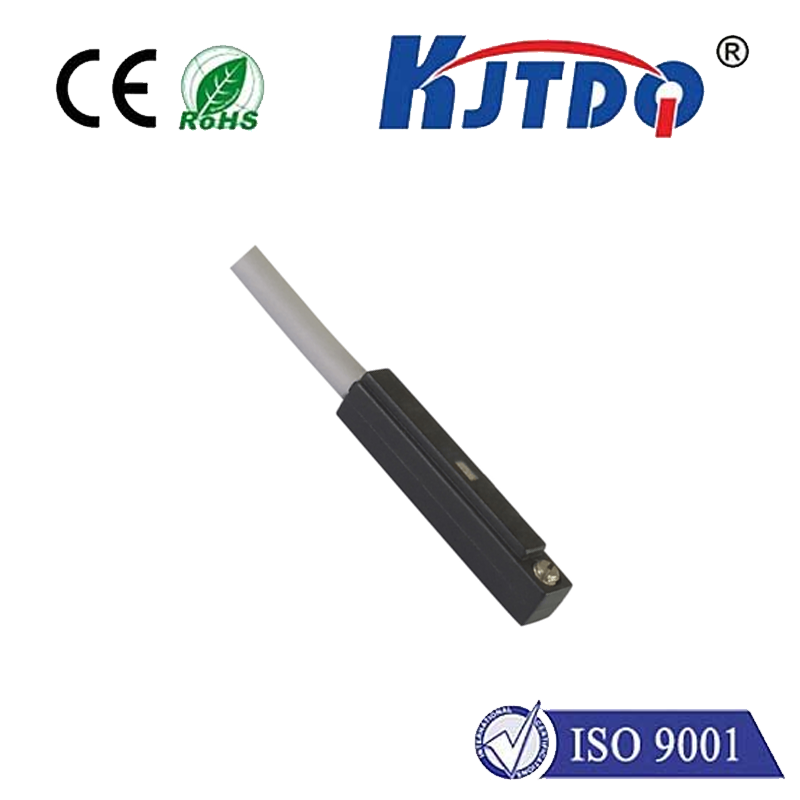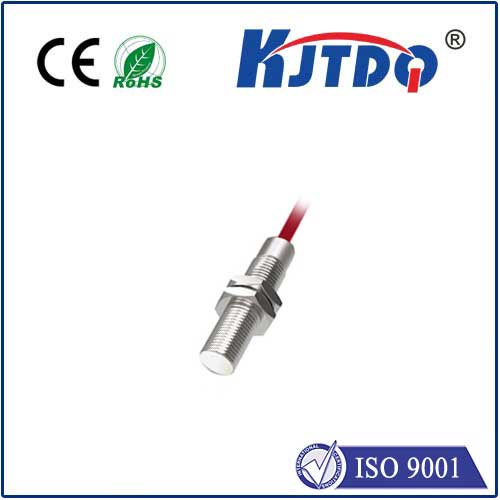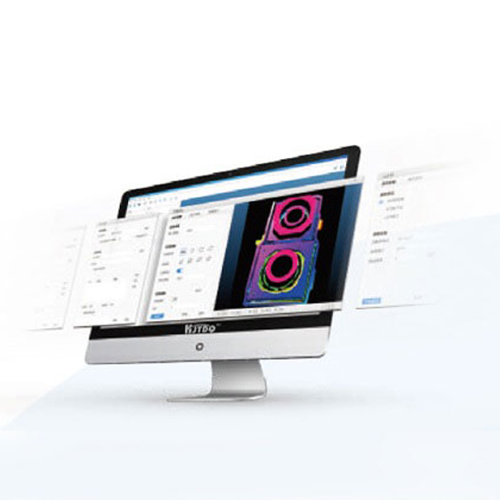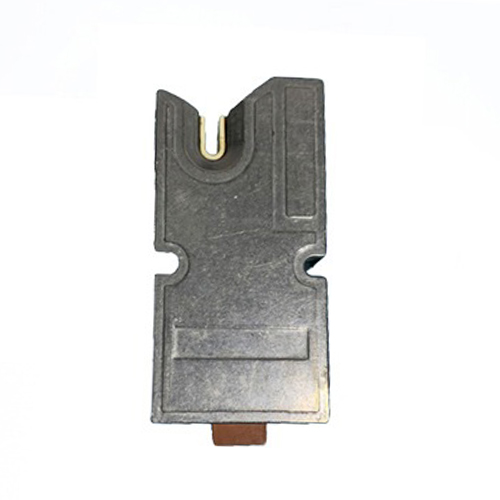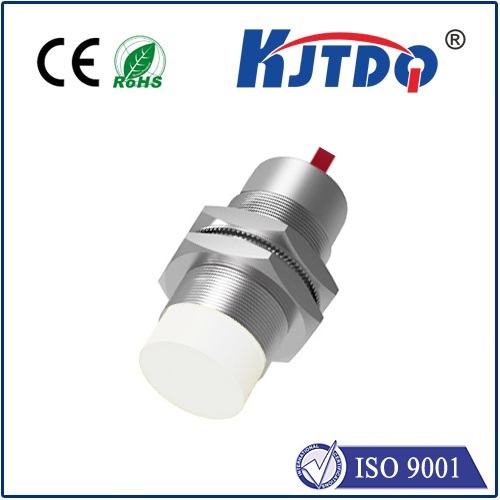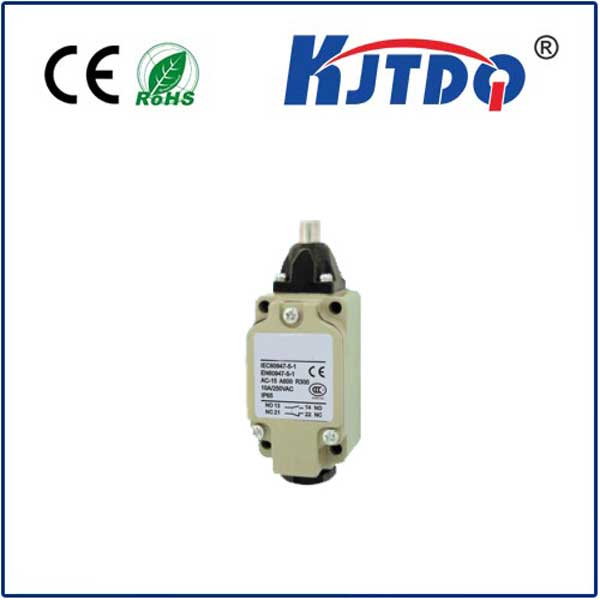

check

check

check

check
Doppler Radar Sensor: Revolutionizing Weather and Safety Monitoring
Doppler radar sensor is a critical technology that plays a pivotal role in modern weather forecasting and safety monitoring. It uses radar waves to detect and measure the movement of precipitation, which allows for more accurate and timely weather predictions. This innovation has transformed how we understand and respond to weather changes, making it an essential tool for both professionals and the general public.
At its core, a Doppler radar sensor works by emitting electromagnetic waves and measuring the frequency shift of the waves that return from the atmosphere. This frequency shift, known as the Doppler effect, provides information about the speed and direction of moving objects, such as raindrops, snowflakes, and even aircraft. The data collected by the sensor is then processed to create detailed images of the atmosphere, enabling meteorologists to track storm systems, identify tornadoes, and monitor precipitation patterns with unprecedented precision.

One of the most significant advantages of Doppler radar is its ability to detect rotating objects, which are often the precursors of severe weather events. For example, a rotating storm can indicate the formation of a tornado, which is a life-threatening phenomenon. By detecting these rotational patterns, Doppler radar sensors provide early warnings, giving communities valuable time to prepare and respond to potential threats.
In addition to weather monitoring, Doppler radar sensors are also used in various other applications, such as agriculture, aviation, and disaster management. In agriculture, they help farmers monitor soil moisture and predict crop yields, optimizing resource allocation and improving yields. In aviation, radar sensors assist in flight safety by detecting weather conditions and potential turbulence, ensuring safer air travel. During natural disasters, such as hurricanes or floods, Doppler radar provides real-time data that helps emergency responders allocate resources more efficiently.
The integration of Doppler radar sensors into modern infrastructure has significantly improved public safety and operational efficiency. For instance, in urban environments, these sensors are used to monitor traffic conditions and detect abnormal weather patterns that could affect road safety. In coastal areas, they help in predicting storm surges and tsunamis, allowing for proactive measures to protect communities and infrastructure.
As technology continues to advance, the role of Doppler radar sensors is expected to expand further. Innovations in sensor design, data processing, and integration with other technologies are paving the way for more accurate and responsive systems. Future developments may include the use of artificial intelligence to enhance data interpretation and predictive capabilities, making the technology even more powerful and versatile.
In conclusion, Doppler radar sensors are not just a technological advancement but a vital tool in modern society. They enable us to better understand and prepare for the weather, ensuring safety and efficiency in both everyday life and critical operations. As we continue to rely on these sensors, we are moving closer to a future where weather forecasting and disaster management are more precise, timely, and effective than ever before.
